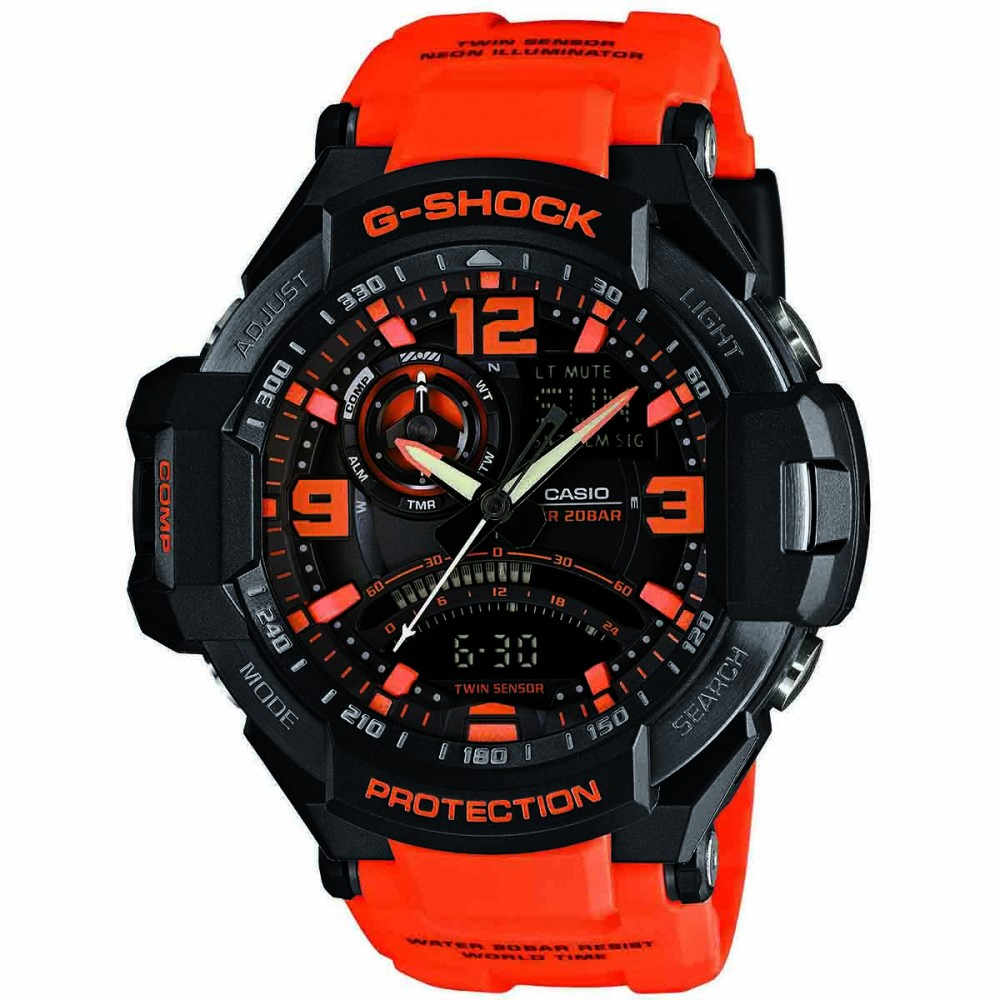Having a little dilemma on how to pick the appropriate watch for an occasion and also how to get the best buy? You should read this and thank me later.
The dress watch
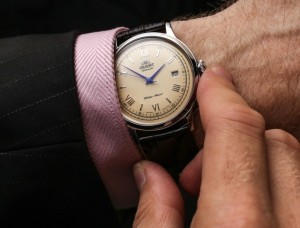
The sole function of the dress watch is to compliment a business suit or formal wear.
Dress watches aren’t even that concerned with accurate timekeeping, as many don’t even have second hands.
So what are the important features to look for then? Put simply, simplicity.
Practically speaking, a dress watch should be properly proportioned to the wearer’s wrist. Otherwise, it will draw attention to itself; the one thing a dress watch should never do.
Since it is worn with a suit, a dress watch must be thin enough to slip in and out of a dress shirt cuff easily. The standard rules of matching metals and leathers with shoes and belts apply as well.
After taking these considerations into account, the next most important detail for a dress watch is simplicity. Most dress watches have no complications, or have at most a second hand and a date window.
The presentation must be simple as well. Metal sabre style hour indexes are common, as are roman numerals. Arabic numerals may be used but should be small.
The dial and bezel should be unornamented, or patterned subtly at most. White, black or metallic faces are preferred.
Field watches
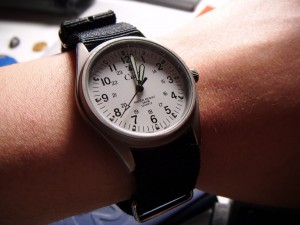
Imagine a battlefield at the break of dawn.
The artillery bombardment goes on for precisely eight minutes. Almost before the last round hits, the infantry assault has begun while the cavalry regiment charges the enemy flank nearly simultaneously.
This was what warfare looked like at the turn of the twentieth century. And it was made possible because of the wristwatch.
How to know a field watch? First and foremost, field watches must be rugged. Traditionally, a good field watch would have a stainless steel case though modern versions may feature PVD coatings or titanium construction.
A field watch must be readable, even under low-light or night conditions. As such, it will have a high-contrast black dial with white numbering. The polished gold hour markers that are common on more formal watches can be slow to read in the field and can create undesirable glare under sunlight.
The bands on field watches were traditionally canvas or leather, since they could easily be swapped out if damaged. While metal link bracelets would seem to be the most durable, they are easily scratched and costlier to replace.
Aviator watches
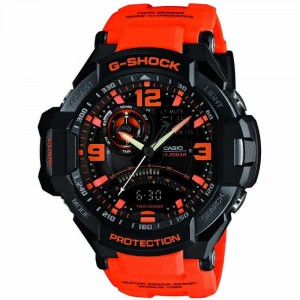
There isn’t any one style that defines an aviator watch.
In keeping with the forward-thinking nature of the aviation industry, the type has grown and developed as new technology and new requirements have emerged.
The earliest watches worn by pilots were repurposed field watches. They had to be accurate, of course, and they had to be readable under low-light conditions.
Field watches, with their hand-wound movements and black dials with large white numerals, satisfied both of these requirements.
Over time, air forces around the world began to develop watches with specific aviation functions.
In the 1930s, the Luftwaffe developed the Flieger style of watches: The Type-A with simple numerals and delta index at 12 o’clock, and the Type-B with large minutes in the outer dial and hours in the inner dial.
The dive watch
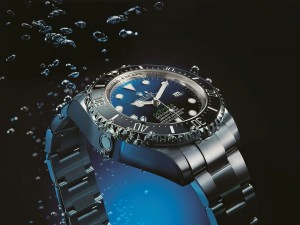
The dive watch is one of the most prolific men’s watch styles.
It should be obvious that accurate timekeeping is crucial when hundreds of feet underwater while carrying a finite supply of air.
As a result, divers have always demanded superior timepieces.
Modern scuba didn’t really exist until the 1950s, right around the time, Ian Fleming started writing the James Bond novels.
Fleming wrote the novels every summer while vacationing at his home in Jamaica, where he was an avid diver.
This was the same time that Rolex introduced the Submariner and so Bond, diving and Rolex have been linked ever since.
How to know a good dive watch? The dive watch is one of the most prolific men’s watch styles.
It should be obvious that accurate timekeeping is crucial when hundreds of feet underwater while carrying a finite supply of air.
As a result, divers have always demanded superior timepieces.
Modern scuba didn’t really exist until the 1950s, right around the time, Ian Fleming started writing the James Bond novels.
Fleming wrote the novels every summer while vacationing at his home in Jamaica, where he was an avid diver.
This was the same time that Rolex introduced the Submariner and so Bond, diving and Rolex have been linked ever since.
The racing watch
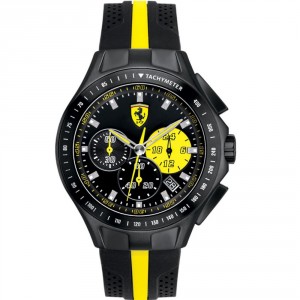
Racing watches, not being bound by uniformity, tend to be much flashier. You’ll have far more exotic color and style options when selecting a racing watch than say, a field watch. Just remember that the flashier the watch, the more casual it becomes and dress accordingly.
What to expect when you buy a racing watch? There are two features which define a good race watch. A chronograph and a tachymeter. A chronograph is a watch with a separate stopwatch function, usually featuring an extra sub-dial (or three) and pushers at the 2 and 4 o’clock positions to start/stop and reset the second hand.
A tachymeter is a type of bezel used to make time and distance calculations. By measuring the number of seconds to travel a known distance, the outer markings will show speed in the unit measured per hour.
Sound complicated?
Try this example: If you started timing at zero seconds and went a mile in 30 seconds, you would look down and see 120 at the 6 o’clock (or 30 seconds) position on the bezel. The watch is telling you that your speed is 120 miles per hour.
It doesn’t matter what unit of measure you use; the tachymeter still reads units per hour.
Obviously, that can be useful to a racer calculating laps per hour at a track.
Source; RmRs

